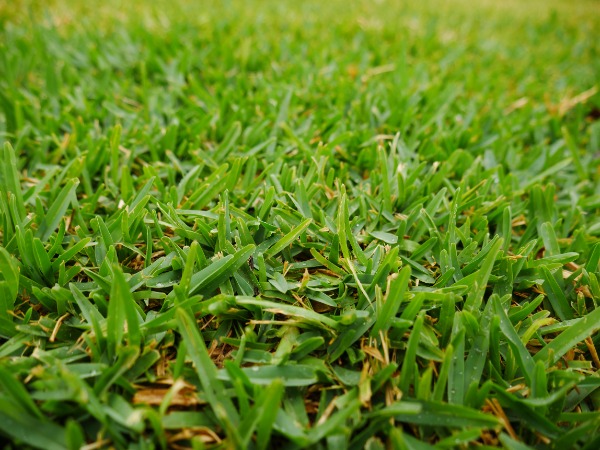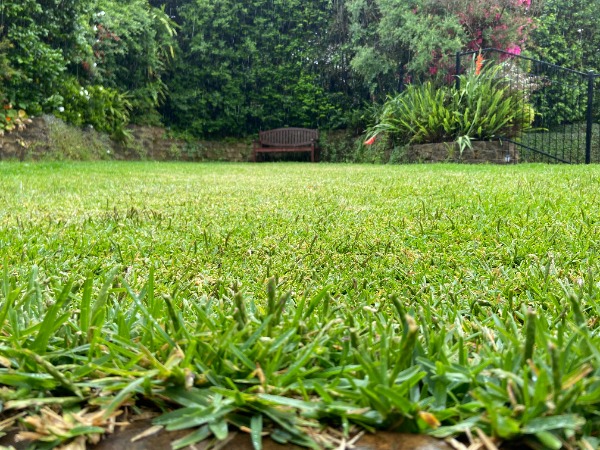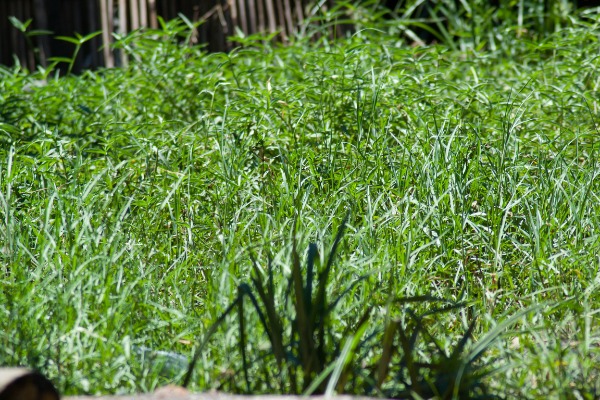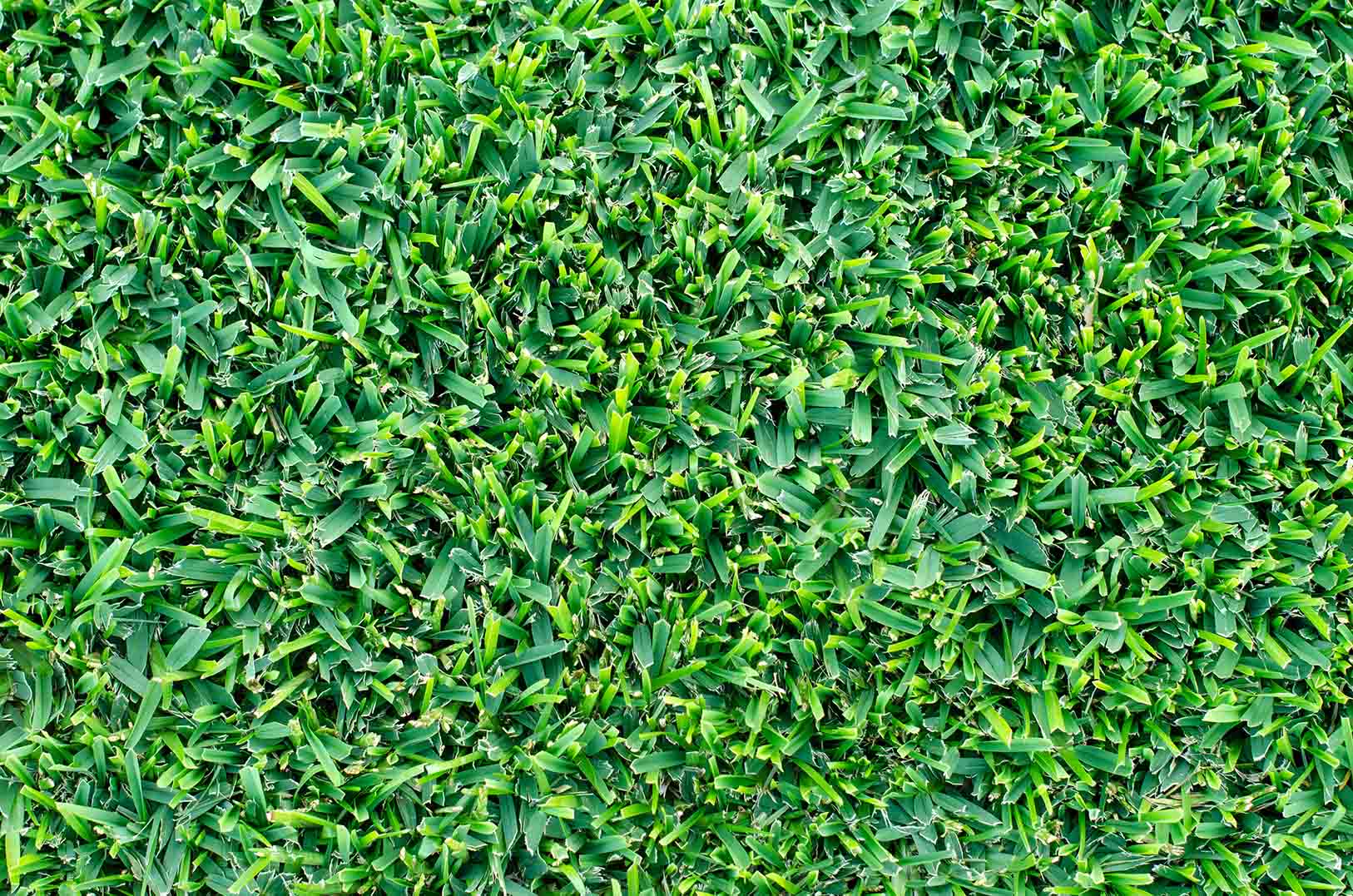Last Updated:
October 28, 2025
Buffalograss has become one of the most desirable turfgrass options for homeowners across Utah who want a resilient, eco-friendly lawn that thrives in the region’s dry climate. Though it is originally native to the Great Plains, buffalograss is perfectly adapted to survive in areas with limited rainfall and high summer temperatures, making it an excellent fit for Utah’s semi-arid conditions.
Come learn how to properly care for buffalograss in Utah for a thriving lawn all season.

Buffalograss stands out from many other turf varieties because of its adaptability to drought and its ability to maintain a pleasant appearance with minimal care. It is a warm-season perennial grass that spreads by both stolons (above-ground stems) and, in some varieties, short rhizomes. This allows it to create a thick, carpet-like lawn once fully established.
Its blades are fine and narrow, usually gray-green to light green in color, giving the lawn a soft and natural prairie look. Buffalograss grows relatively low to the ground and tends to form dense mats, which helps it crowd out many common weeds once established. Its deep root system allows it to survive Utah’s hot, dry summers without the heavy watering demands of other grass types.


Buffalograss has a unique set of advantages that make it an excellent choice for many Utah homeowners, especially those focused on water conservation and sustainability. However, it also has a few limitations that should be considered before planting.

Getting buffalograss started correctly is key to long-term success. Because it grows best during warm months, planting should be done in late spring or early summer, when soil temperatures consistently stay above 60°F. Buffalograss may take 2 to 3 months to fully establish, but once mature, it’s one of the lowest-maintenance turfgrasses available in Utah.
.jpeg)
Once established, buffalograss requires far less upkeep than most traditional lawns. Still, basic care is important to keep it healthy, dense, and vibrant throughout the growing season.
Buffalograss grows slowly, so it only needs to be mowed every 2–3 weeks during peak growth. Maintain a mowing height between 2.5 and 4 inches. Taller mowing helps retain soil moisture and shades out weeds. Always use sharp mower blades and avoid cutting more than one-third of the grass height at a time.
Buffalograss requires 0.5 to 1 inch of water per week during the hottest months, which is much less than other turf species. Deep, infrequent watering encourages deeper root systems and helps it withstand Utah’s dry summers. Once established, many homeowners reduce irrigation even further.
Buffalograss needs minimal fertilizer compared to other lawns. Apply a slow-release fertilizer once in late spring and again in mid-summer, using no more than 2 pounds of nitrogen per 1,000 square feet per year. Too much fertilizer can lead to excessive growth and thatch buildup.
Weeds are most likely to invade during the establishment phase. Once the lawn thickens, its dense canopy helps crowd them out naturally. Use a pre-emergent herbicide in early spring to prevent crabgrass, and spot-treat any visible broadleaf weeds. Buffalograss has few serious disease issues, but maintaining proper mowing and watering habits will help avoid fungal problems.
Buffalograss rarely needs annual overseeding due to its spreading stolons. However, if thin areas appear, overseed in late spring. Aerate compacted soil once a year to improve air and water movement in Utah’s often heavy or alkaline soils.

Buffalograss is an ideal solution for Utah homeowners who want a sustainable, low-water lawn that complements the state’s natural beauty. Its ability to thrive with minimal care makes it perfect for today’s water-wise landscapes. However, proper establishment, mowing, and fertilization are essential to help it reach its full potential.
For professional lawn care services that understand Utah’s unique climate, call Holmes Lawn & Pest to get the most out of your buffalograss lawn!
How To Care For Kentucky Bluegrass In Utah Lawns
Kentucky bluegrass is beloved as one of the most beautiful and comfortable turf types available. Come learn how to maintain this grass in your Utah lawn.
Learn MoreHow To Care For Perennial Ryegrass In Utah Lawns
This post explores why perennial ryegrass is perfect for Utah homeowners who want a resilient lawn that looks great!
Learn MoreHow To Care For Tall Fescue In Utah Lawns
This blog post explores what makes tall fescue one of the most popular grass types in Utah, and what steps you can take to maintain a tall fescue lawn.
Learn More